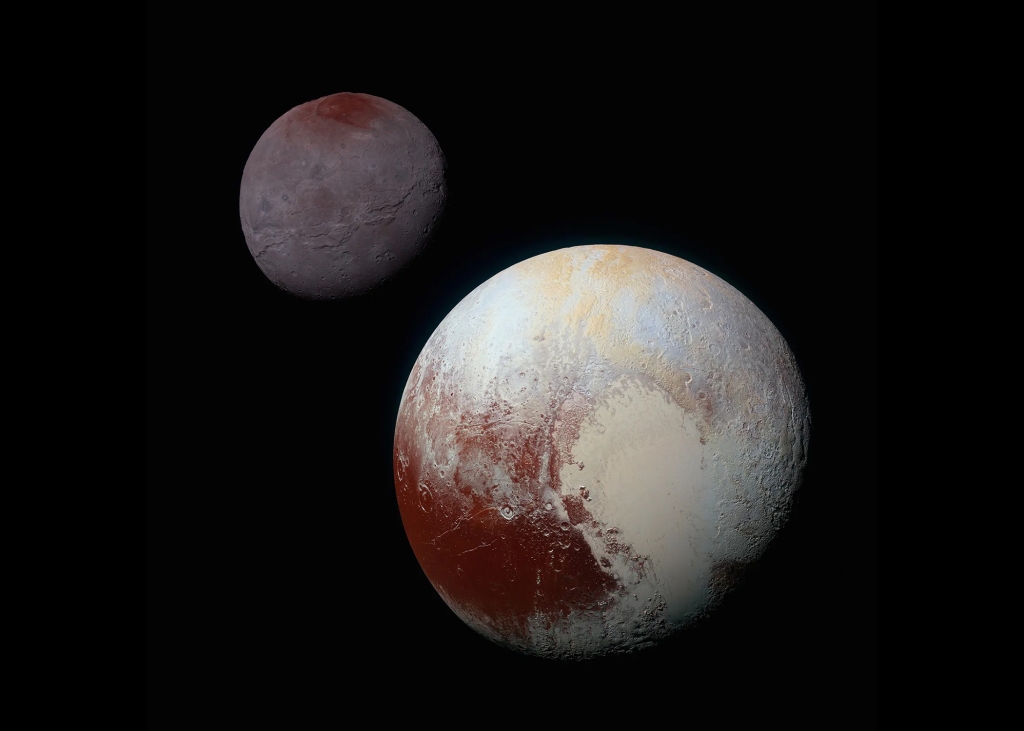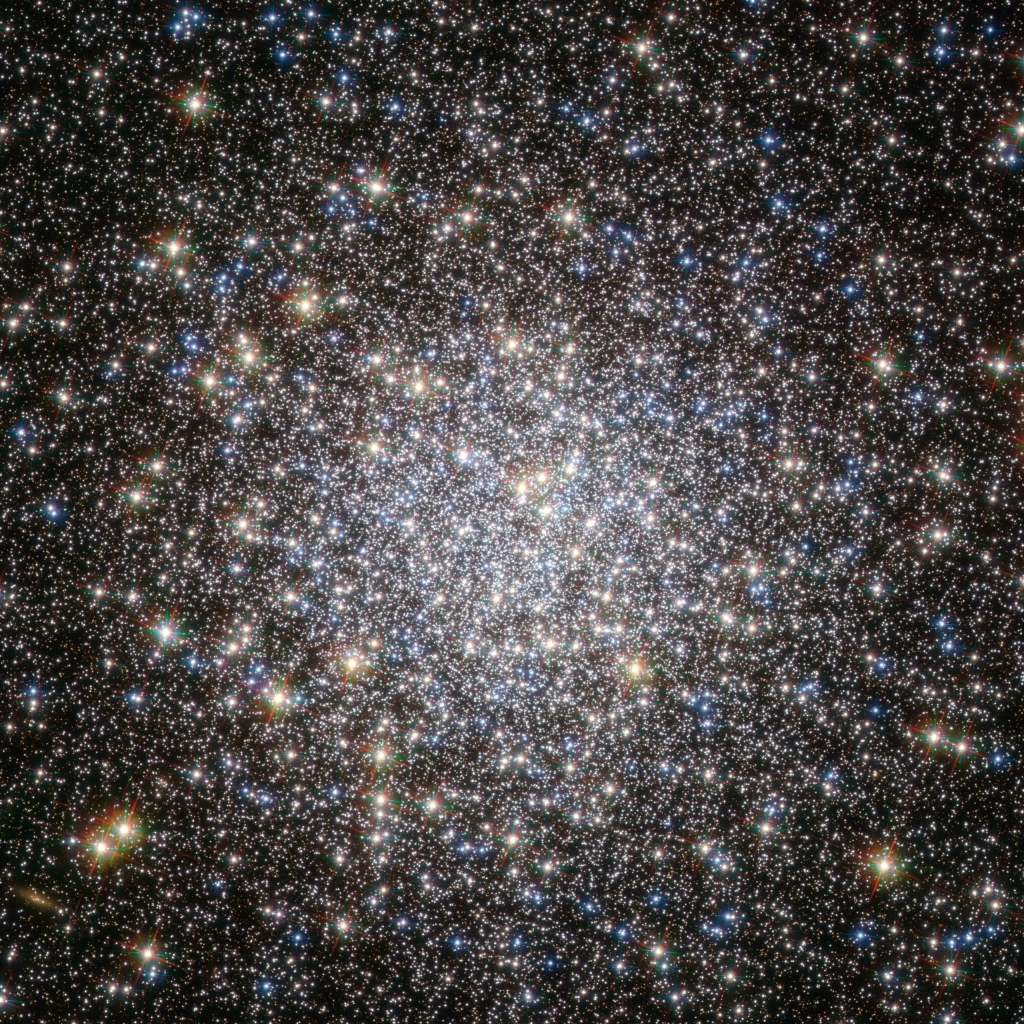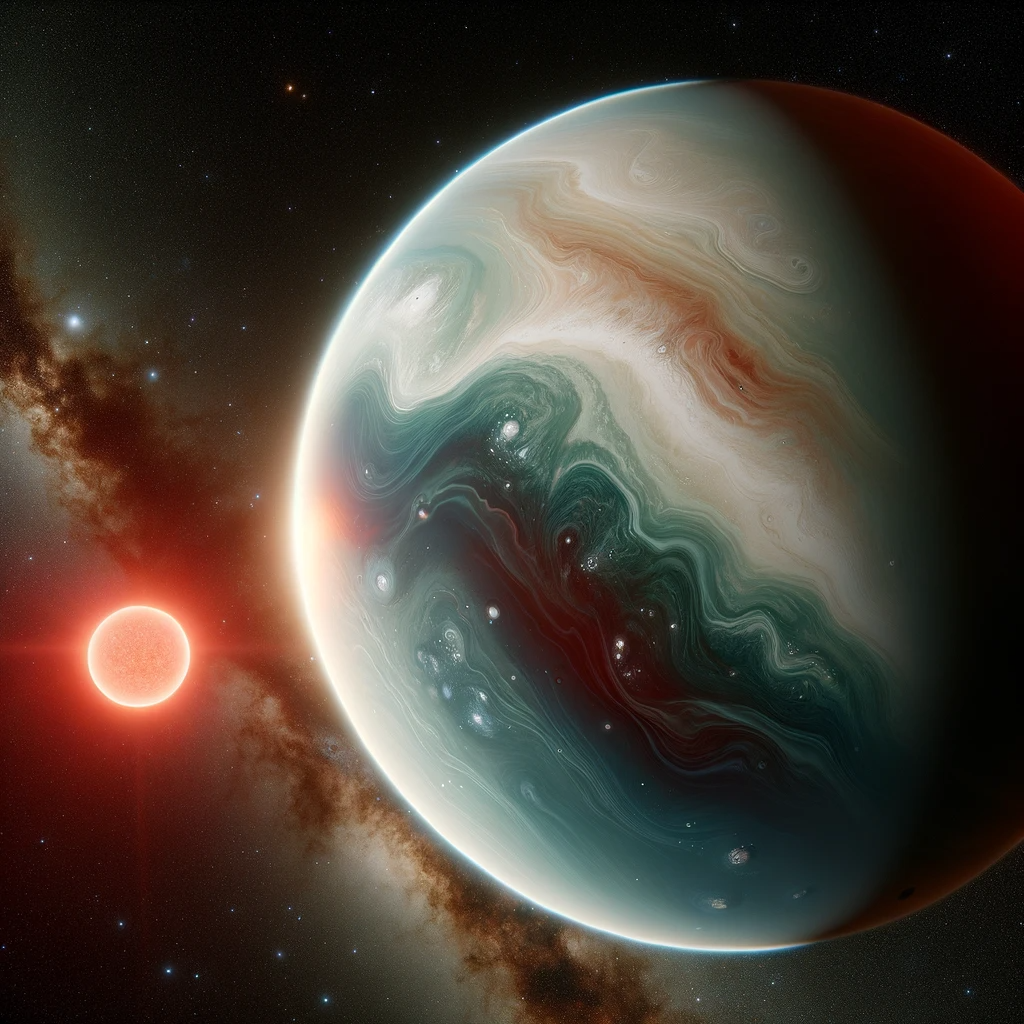Astronomers have made a significant leap forward in understanding the mysterious formation and evolution of thick disks in galaxies, a prevalent structure not only in distant galaxies but also in our own Milky Way. Utilizing the advanced imaging capabilities of the James Webb Space Telescope (JWST), researchers analyzed the vertical structure of 191 edge-on galaxies, spanning a wide redshift range from 0.2 to 5. This extensive study has led to intriguing findings about the nature and history of these thick disks.
The investigation focused on dissecting the vertical surface brightness profiles of these distant galaxies, employing a sophisticated analysis method that considers the influence of the telescope’s line spread function. Results indicate that galaxies in the early universe, particularly those with a redshift greater than 1.5, already possessed thick disks similar in scale to the thick disk of the Milky Way. This revelation suggests that these structures were inherently thick at the time of their formation, challenging the notion that thick disks are a product of gradual heating and thickening over time.
In contrast, for galaxies with a redshift less than 1.5, a progressive decrease in disk scale height towards lower redshifts was observed, aligning more closely with the characteristics of the Milky Way’s thin disk. This pattern supports the intriguing ‘upside-down’ formation theory of galaxy disks, implying that the thick disk forms early in a galaxy’s history, followed by the development of a thinner disk.
Historically, the thick disk was first identified in external galaxies and later recognized within the Milky Way itself. These structures host stellar populations that are generally older, chemically distinct, and kinematically unique compared to those in the thinner disk. This study’s findings challenge the traditional view that thick disks form as a result of vertical heating processes. Instead, the evidence points towards a scenario where thick disks are an inherent feature of galaxies’ early stages, gradually transitioning to thinner disks as the galaxies evolve.
The data from JWST provides an unprecedentedly clear view of these distant galaxies, offering insights that were previously unattainable with the Hubble Space Telescope. This research not only sheds light on the formation and evolution of galaxy structures but also opens new pathways for understanding the complex history of our universe.
Source
Lian, Jianhui, and Li Luo. “The Thickness of Galaxy Disks from Z = 5 to 0 Probed by JWST.” The Astrophysical Journal Letters, vol. 960, no. 2, 2024, p. L10, dx.doi.org/10.3847/20418213/ad1492, https://doi.org/10.3847/20418213/ad1492.
Featured Image
NASA, ESA, CSA, and STScI





